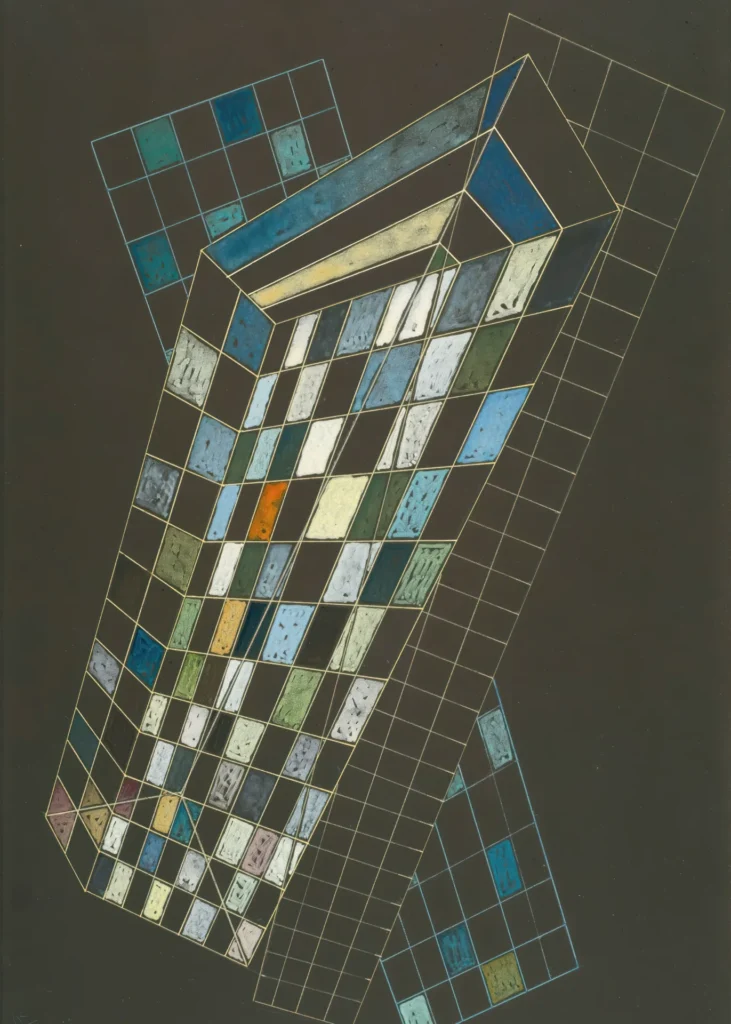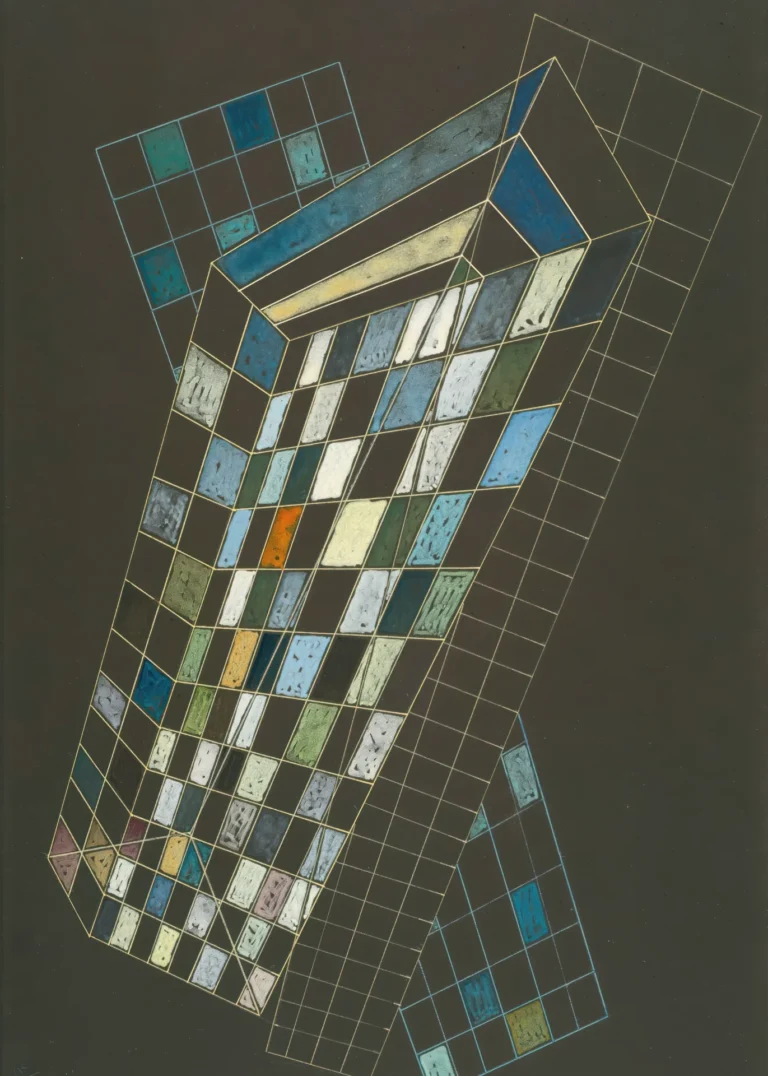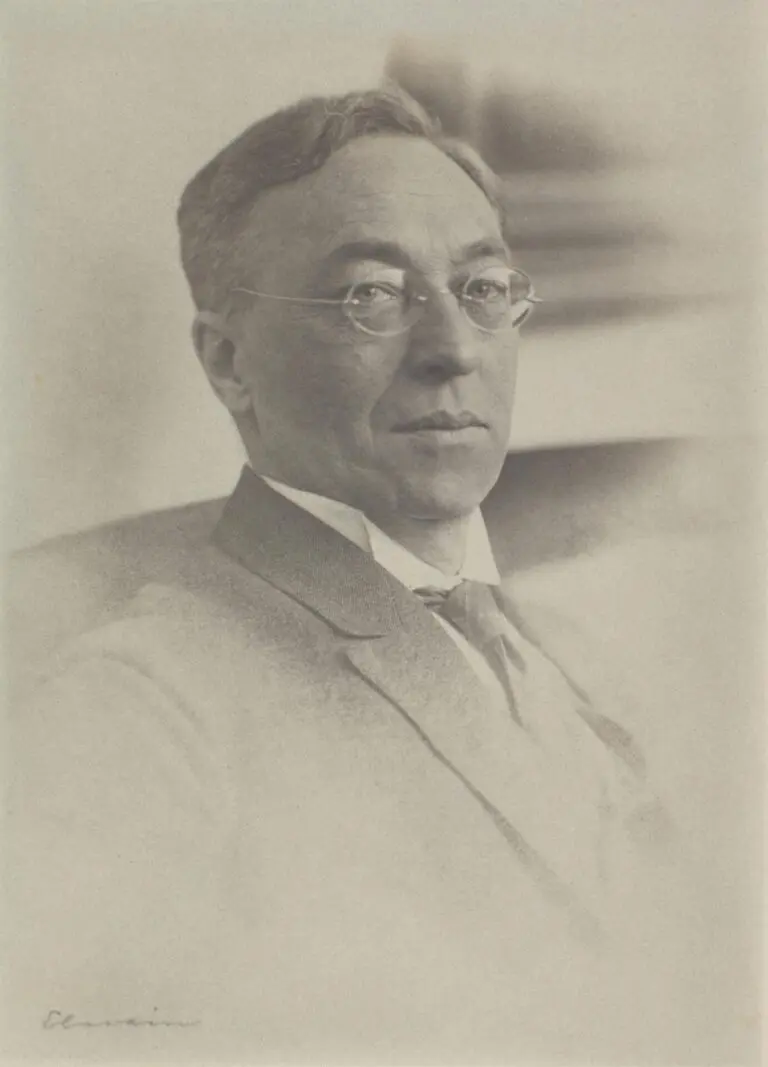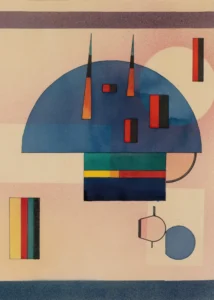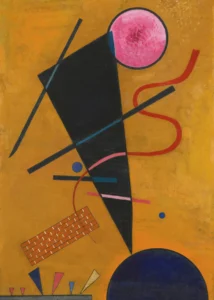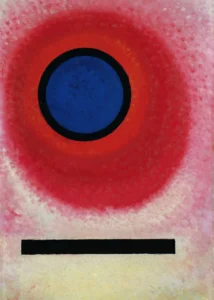Small Planes (1936)
Created in 1936 by celebrated Russian artist Wassily Kandinsky, 'Kleine Flächen' or 'Small Planes' is a stunning example of abstract art that features a vibrant composition of geometric shapes and lively hues. This piece manifests Kandinsky's innovative approach to abstraction, encapsulating the dynamic interplay of color and form that defines his artistic legacy. Still popular today, reproductions of this work can be found across multiple platforms, showcasing its enduring appeal in contemporary art circles.
1936
About the Artwork
'Kleine Flächen' emerges from a period in Kandinsky's career where he emphasized the emotional and spiritual dimensions of color and form. His move towards abstraction was driven by a desire to express more than mere representation, tapping into the viewer’s emotions through innovative compositions. Featuring small, dynamic geometric shapes coupled with bright colors, the work invites viewers to engage with it on multiple levels—interrogating the relationship between color, shape, and perception while reflecting Kandinsky's broader philosophy on the transformative power of art.
Did You Know
Wassily Kandinsky is credited as one of the first artists to explore pure abstraction, moving away from representational art and emphasizing the emotive power of colors and forms, which is prominently seen in ‘Kleine Flächen’.
‘Kleine Flächen’ features a distinctive arrangement of geometric shapes, indicating Kandinsky’s fascination with geometry and its relationship to artistic expression. These principles were central to his teachings and visual methods.
Kandinsky’s work, including ‘Kleine Flächen’, greatly influenced future art movements such as Abstract Expressionism and continued to inspire countless artists seeking to explore color and abstraction throughout the 20th century.




